O
ORG
Guest
Here some pictures of Phalaenopsis malipoensis, a really nice and distinct species from China.
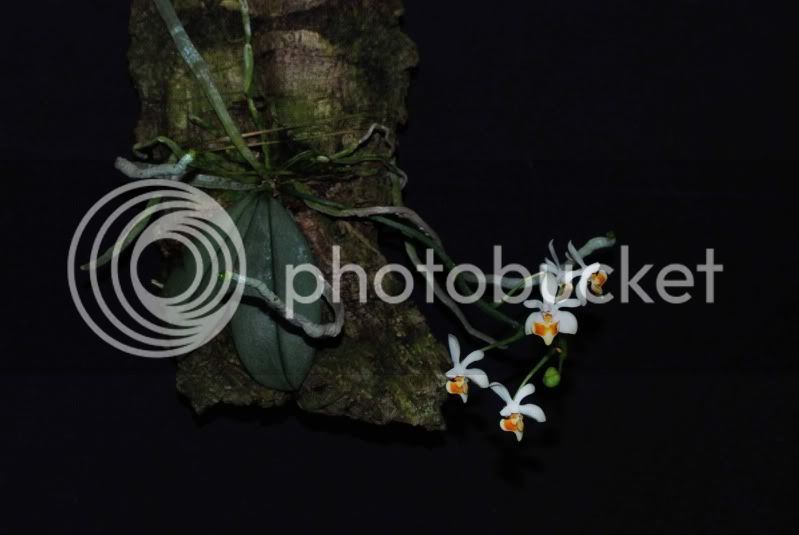
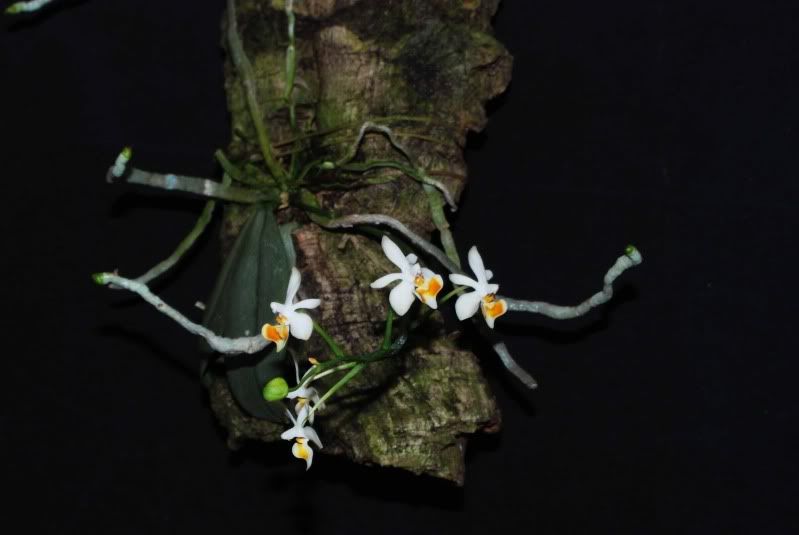
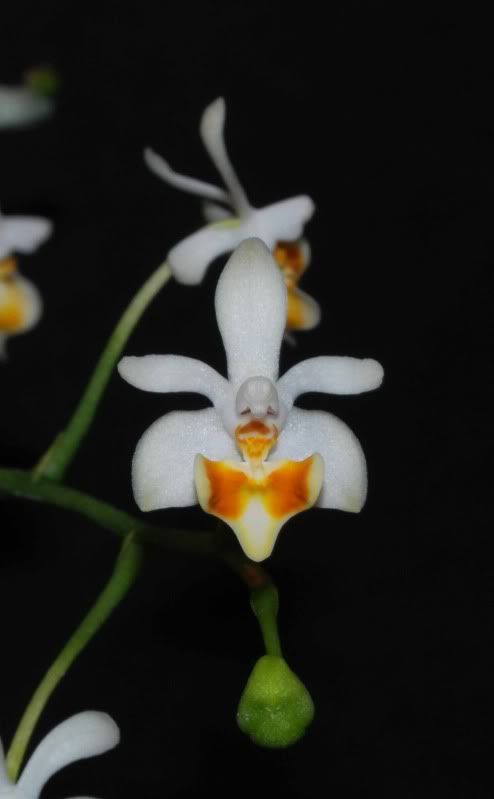
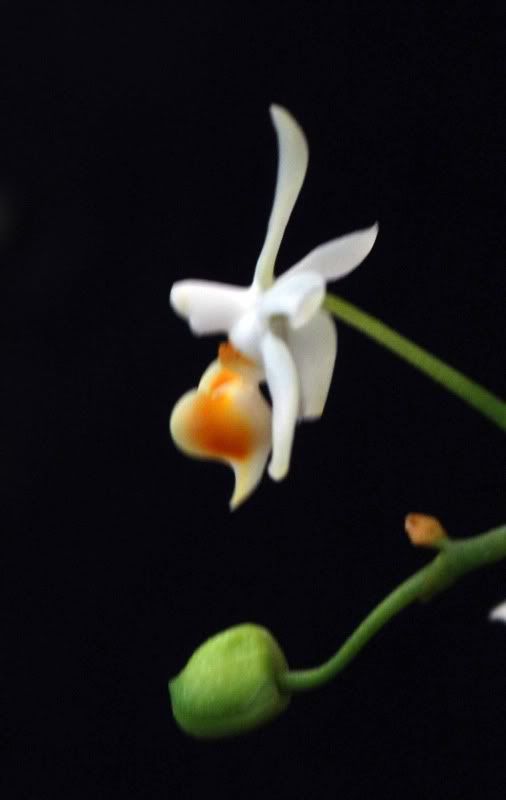
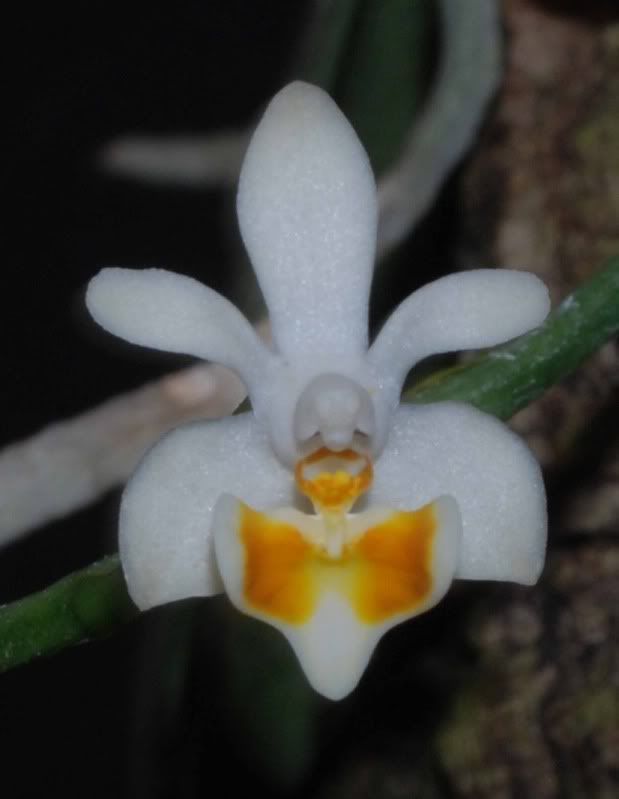
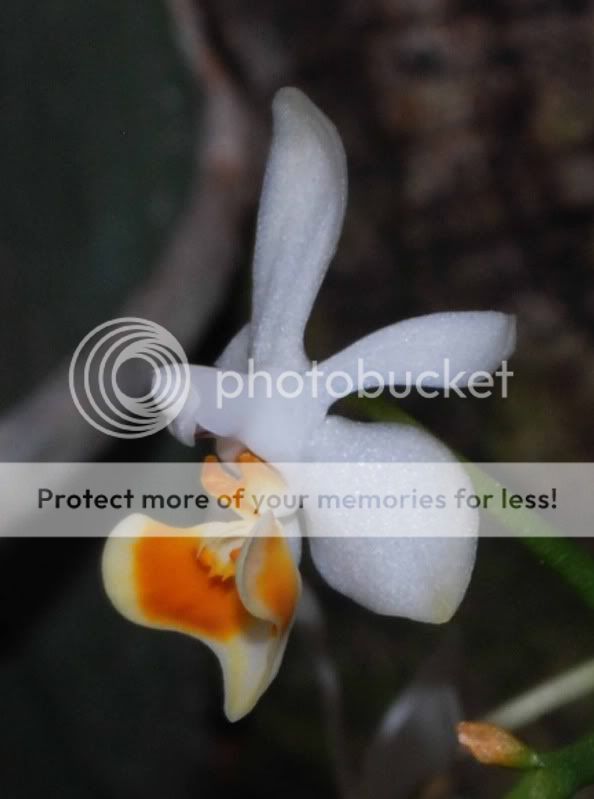
Phalaenopsis malipoensis is really distinct from Phal. thailandica and also Phal. gibbosa.
Here as an example Phal. thailandica:
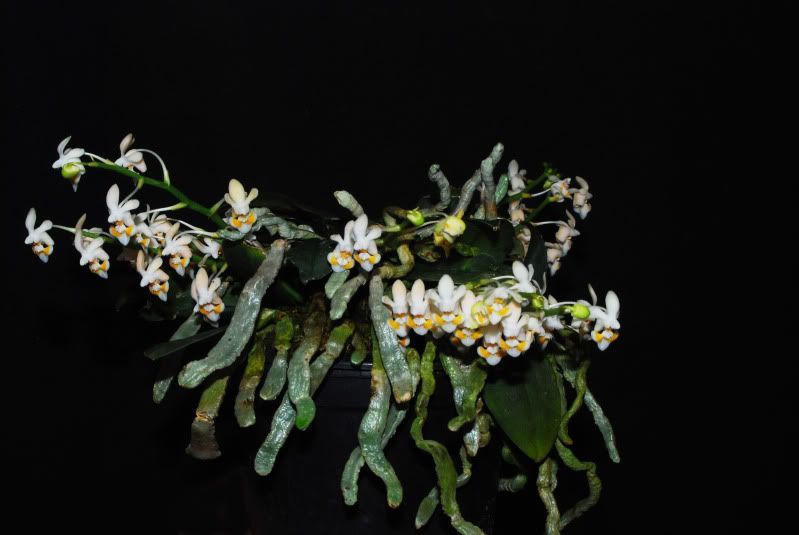
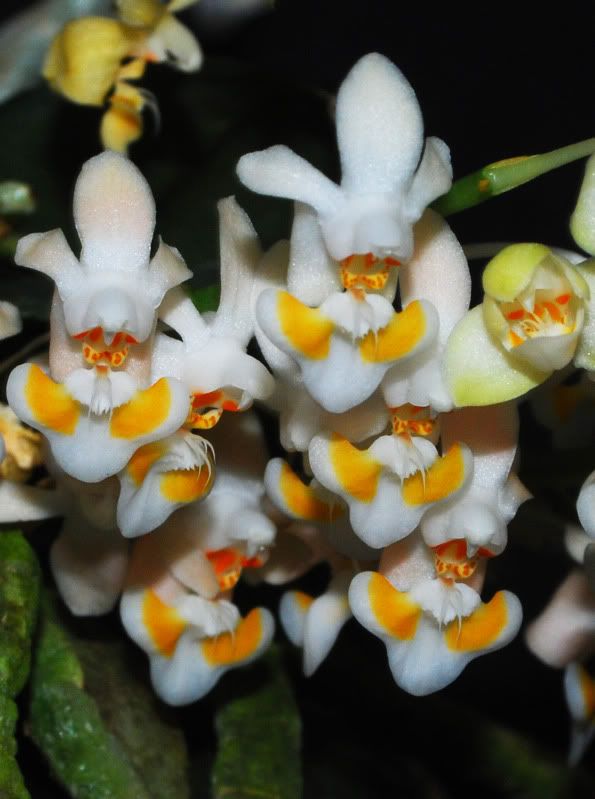
Best greetings
Olaf






Phalaenopsis malipoensis is really distinct from Phal. thailandica and also Phal. gibbosa.
Here as an example Phal. thailandica:


Best greetings
Olaf




